
A proposal to erect a mobile phone mast in a remote glen in Torridon has been strongly criticised by local residents, conservationists, and outdoor groups. The plan for a 25m mast near the Coire Mhic Nobuil footpath, in the glen between Beinn Dearg and Liathach, would bring modern infrastructure into the heart of one of the country's most highly-prized Wild Land Areas and National Scenic Areas. This is just one of a barrage of plans for new telecoms masts across Scotland, many in wild and uninhabited areas.
Driving the development rush is the UK Government's Shared Rural Network (SRN) initiative, which is seeking to establish 4G coverage across 95% of the UK's landmass by the end of 2025. Using a sledgehammer to crack a nut, this blanket target takes no account of local need, say critics, or the environmental and landscape impacts of infrastructure such as masts, tracks and diesel generators in areas with little or no built development.
Several kilometres from the nearest road, the proposed site in Coire Mhic Nobuil has no current track access, point out residents of the (general) area, who fear that the passage of vehicles for construction and operation will cause great damage. Since it would be surrounded by mountains 900-1000m high, in an uninhabited location revered by walkers and climbers for being particularly unspoilt, it's not clear what benefit the mast would offer - or to whom - to justify its obvious impact.
Among those to object to the Torridon proposal are Mountaineering Scotland, who consider it inappropriate for such a valued landscape.
"This proposal fails to provide any means of assessing potential adverse visual impact in a National Scenic Area and Wild Land Area" they say, in a planning response which urges Highland Council to reject the plan.
"The benefits of digital connectivity for local residents and businesses and the local economy have not been demonstrated, with an apparent lack of national or local need as there are no residences, business premises or public roads within reach of this proposed mast."

The Torridon mast is far from an isolated case. Already hard-pressed and under-resourced, planning authorities in Scotland are now dealing with what Mountaineering Scotland call an an "onslaught" of telecoms mast applications made under SRN.
The Highland Council recently refused an application for a mast in Glen Orrin, near Strathconon, on the grounds that it would have significant impact on wild land. But each application takes time and resources to address.
Among other places, proposals have also been submitted in recent months for masts in Glen Affric, Mullardoch, Knoydart, and on the flanks of Beinn Dronaig, one of the country's least accessible Corbetts - a location in absolutely no proximity to any residence or business premises.
Similar plans in the Cairngorms for a 20m-high communications mast at a site close to the Luibeg bridge, near the southern end of the Lairig Ghru and the path into Coire Sputan Dearg, have been the subject of fierce opposition. While the initial application was subsequently withdrawn, a revised proposal may still be submitted.
The North East Mountain Trust (NEMT) were among the organisations to object to the initial Luibeg plan.
"If approved, this mast will create a major visual blot in an unspoilt area of wild land for very little public benefit" said George Allan of the NEMT at the time.
"The central core of the Cairngorms is one of the finest landscapes in Scotland; it's a place where people go to shed the trappings of civilisation. It's of national importance and must be protected. Once lost, it can't be regained."
Neil Reid, who looks after the much-loved Corrour Bothy for the Mountain Bothies Association, and writes the Cairngorm Wanderer blog, is equally scathing of the proposal.
"It's almost unbelievable that anyone could submit an application like this with any expectation if it being approved" he told us.
"In an internationally renowned wild land area which is a National Park, a National Scenic Area, a National Nature Reserve and an SSSI - among other statutory designations - this development would be an utter obscenity.
"I first visited the Cairngorms as a young child, more than 55 years ago, passing by this very spot. I've been a frequent visitor ever since, especially over the last 16 years when I've passed this way many times a year while looking after Corrour Bothy. After all these years I still pause here to admire what to me is one of Scotland's most iconic and inspiring views. It breaks my heart to think how it could be ruined and the whole character of the glen destroyed if this was allowed to go ahead.
"The environmental impact will be considerable too. We're not just talking about a mast: there's the concrete foundation and a large compound which will be cut into the hillside and projected in a level platform on the downhill side, and this will be happening on a boggy hillside where vulnerable terrain could be seriously affected by erosion from water run-off and blocked and diverted drainage lines.
"Apart from the damage caused by getting heavy earth-moving and construction machinery to the site in the first place, the requirement for regular servicing and refuelling for the generator means there will have to be vehicular access. There's no road there right now, so that means building a new road through the heart of the national park - or creating an erosion scar by repeated use of an ATV.
"Talk of the benefits from this is ridiculous. No-one lives in the area which will gain 4G cover, and no businesses operate there. There's no safety argument: navigation apps and devices work from satellite cover all over the Cairngorms and elsewhere; the same with emergency devices. So what justification can there be for a geographically limited solution to a problem which has already been solved?"
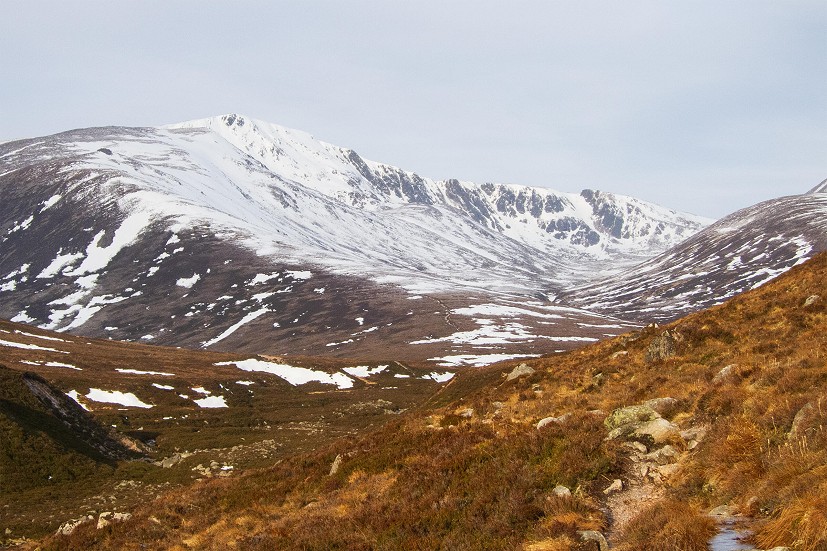
The SRN rollout is a collaboration between the UK Government and four big mobile phone operators, EE, O2, Three and Vodafone.
As with the Scottish Government's new highly permissive renewable energy planning regime, SRN appears to be a policy drawn up in close co-operation with the industry that stands to gain from it, but with far less input from the communities and user groups affected. The proliferation of phone mast proposals in remoter parts of Scotland is taking place in a piecemeal fashion under SRN's arbitrary geographical target and timescale.
However it appears many proposals are not predicated on an established local demand for improved connectivity. The companies simply map not-spots, then submit mast applications to local authorities. Though the original aim of the scheme is to serve communities and boost rural businesses, proposals can be made with no local consultation, and paying no regard to what residents - if indeed any there are - say they actually need.
One such community, in Knoydart, have unanimously opposed the development of new 4G infrastructure, which they say will bring no additional benefit to residents over and above the existing coverage in inhabited parts of their area.
"The Knoydart Foundation, as a representative of the community on Knoydart, respects the outcome of a recent community consultation on proposals to erect further telecoms masts across the Knoydart Peninsula" said the Foundation in a recent statement.
"The Knoydart Foundation will not support or facilitate in any way future development of these proposals. On community owned land we are actively opposing such works as have been proposed."
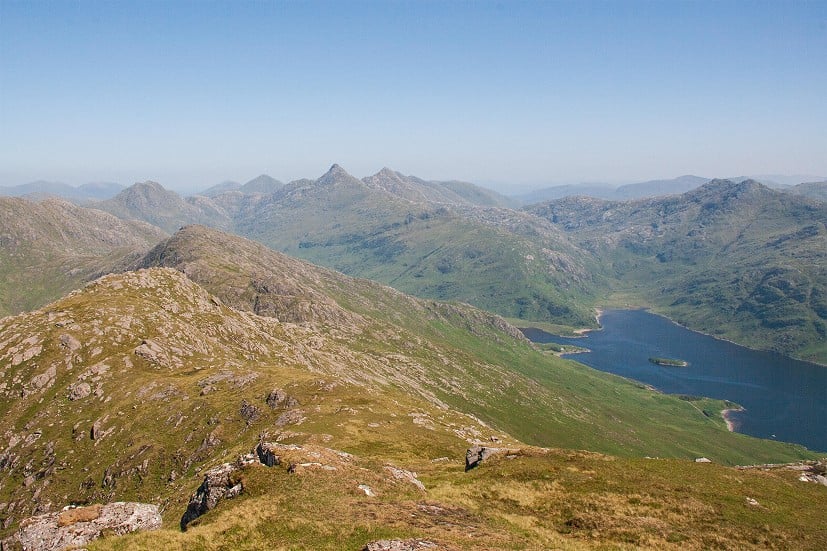
Other recent controversial mast proposals are illustrative, say critics, of the inherent flaws in the SRN's blanket target-driven approach. In these uninhabited areas there are simply no local residents or businesses to serve.
So who, ask campaigners, is this infrastructure intended to benefit?
Critics of the SRN scheme, including conservation groups and Mountaineering Scotland, point out that its focus on geography, rather than population or an established local need, makes "little sense" in Scotland's wild and uninhabited landscapes. There is growing concern about the implications of SRN's ambitious target, which will require a great many new masts - and their associated ground works, access tracks and power supplies - to be installed in hitherto undeveloped mountain areas across the Highlands.
Davie Black, Access and Conservation Officer for Mountaineering Scotland, said: "In a digital age, we need greater connectivity but this should focus on communities and businesses rather than map coordinates.
"We are greatly concerned that hundreds of unnecessary masts could be installed in sensitive mountain areas, along with tracks and other infrastructure, with the sole objective of meeting a pointless and purely geographical target.
Developers have cited the connectivity benefit to hillwalkers. However, groups representing walkers are sceptical.
"Telecoms masts in remote and wild areas are not generally seen as an essential contribution to making these remote experiences safer or more enjoyable" said Mountaineering Scotland.
"It may also lead to a false sense of security. Masts in otherwise wild landscapes detract from that sense of wildness. "
The John Muir Trust are in agreement.
"[SRN] has unleashed a flood of applications for unnecessary mobile masts with the sole intention of filling in dots on a map," says Mike Daniels, Policy Director.
"We are completely behind the need for improving telecoms connectivity, which is vital for rural communities. However, contractors rushing to complete this scheme are bulldozing ahead without proper community consultation or respect for the fragile nature of precious wild places.
"Communities up and down the country are contacting us for help, saying that many of these masts are neither needed nor wanted. This seems a reckless and wasteful approach to achieving a vital outcome."
A joint statement drawn up by a coalition of Scottish outdoor and conservation organisations has set out five demands to improve the SRN programme:
- Consult with rural communities to establish their needs first
- Avoid constructing new access tracks unless no other method is possible
- Adequately resource Local Planning Authorities
- Avoid the UK's most sensitive wild places
- Insist the operators share mast infrastructure, rather than building adjacent masts
The company proposing the Torridon mast, WHP Telecoms, has been contacted for comment.




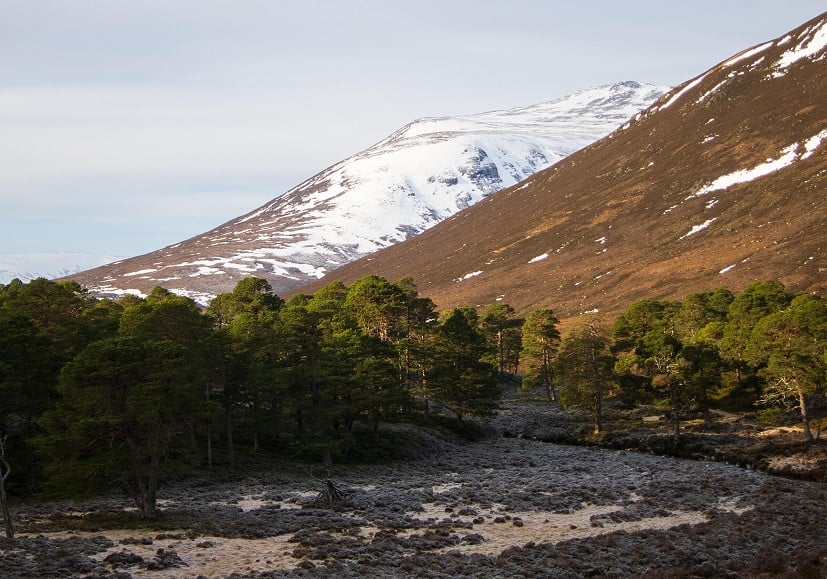
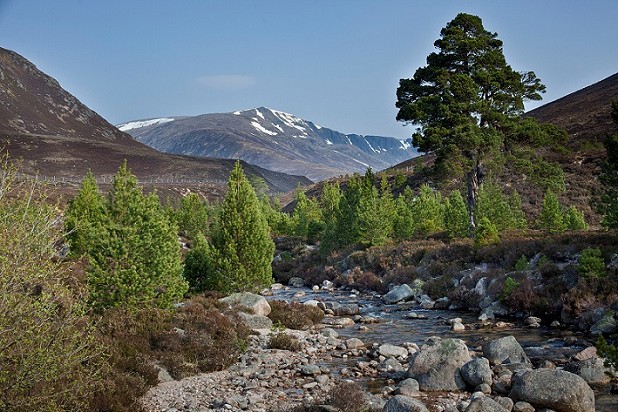





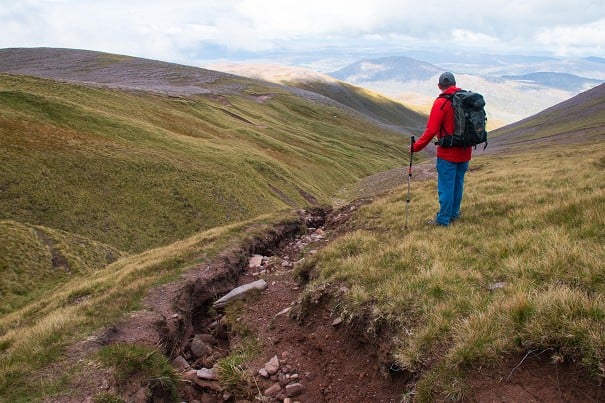








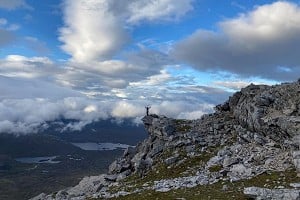

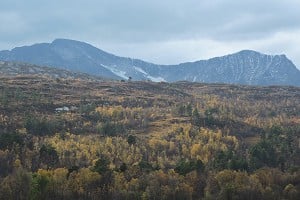

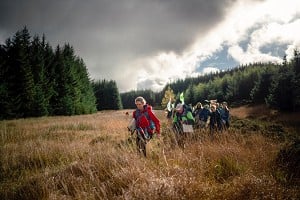













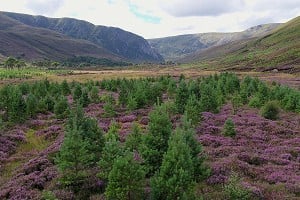





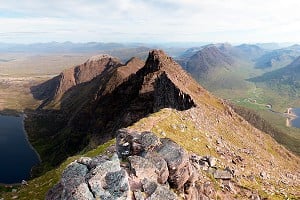

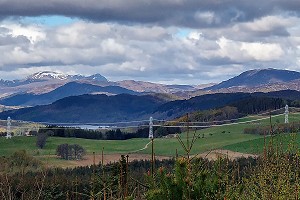
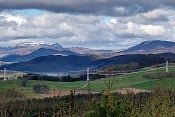




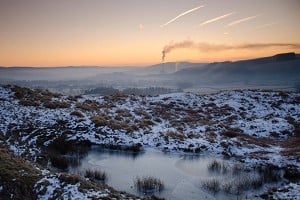

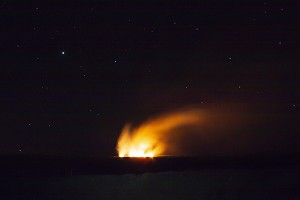
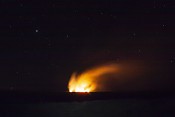



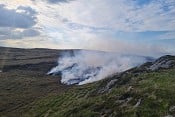
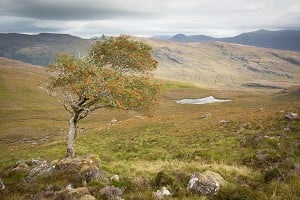
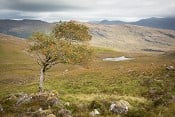


Comments
Wanton vandalism simply for the sake of making money
See also this statement from the John Muir Trust
https://www.johnmuirtrust.org/whats-new/news/1595-coalition-asks-uk-government-to-review-haphazard-telecoms-mast-rollout?mc_cid=0dc796f6dc&mc_eid=01b564e6f1
Look, if you want to provide connectivity to rural areas, such as roads, then you need backhaul connectivity - in simple terms you have to connect the base station (technical term for the equipment in the cabinet at the base of the mast) to the rest of the network.
There is no cable laid to these places, so you need to use a radio signal - microwave. And microwave is line of sight only, so you have to put your masts in places where they can see each other to pass signals along in a series of hops.
So, either you put masts in weird seeming places with good line of sight to reach other masts and get connectivity. Or you put them next to roads, in valleys, where youu need many more of them
But I suppose the point is any of this needed in places where no one lives? It sounds a bit of a thoughtless box ticking exercise based on nothing but the need to meet poorly thought out coverage targets, If many of these proposed masts had actual benefits to rural communities I don't think there would be much discussion.
There is a map on page 10 of this document showing the area:
https://wam.highland.gov.uk/wam/files/76B9939F5D864C85E09ED2733072C77D/pdf/23_04138_FUL-INDUSTRY_SITE_SPECIFIC_SUPPLEMENTARY_INFORMATION-3180487.pdf
To quote:
So this is not backhaul infrastructure: it's explicitly about providing coverage within the uninhabited ellipse on that map.
You can decide whether or not you think that is a worthwhile aim, but to suggest that "look, sometimes you simply have to aggressively roll out 4G infrastructure" seems a bit of a stretch...